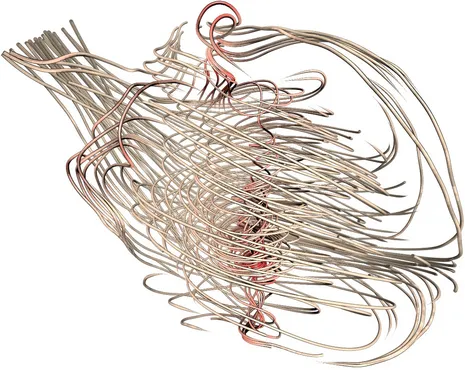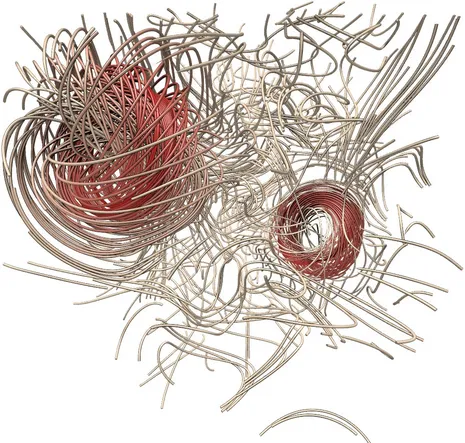Line density control in screen-space via balanced line hierarchies
Mathias Kanzler, Florian Ferstl and Rüdiger Westermann
Technische Universität München, Germany



Abstract
For the visualization of dense sets of 3D lines, view-dependent approaches have been proposed to avoid the occlusion of important structures. Popular concepts consider global line selection based on line importance and screen-space occupancy, and opacity optimization to resolve locally the occlusion problem. In this work, we present a novel approach to improve the spatial perception and enable the interactive visualization of large 3D line sets. Instead of making lines locally transparent, which affects a lines spatial perception and can obscure spatial relationships, we propose to adapt the line density based on line importance and screen-space occupancy. In contrast to global line selection, however, our adaptation is local and only thins out the lines where significant occlusions occur. To achieve this we present a novel approach based on minimum cost perfect matching to construct an optimal, fully balanced line hierarchy. For determining locally the desired line density, we propose a projection-based screen-space measure considering the variation in line direction, line coverage, importance, and depth. This measure can be computed in an order-independent way and evaluated efficiently on the GPU.